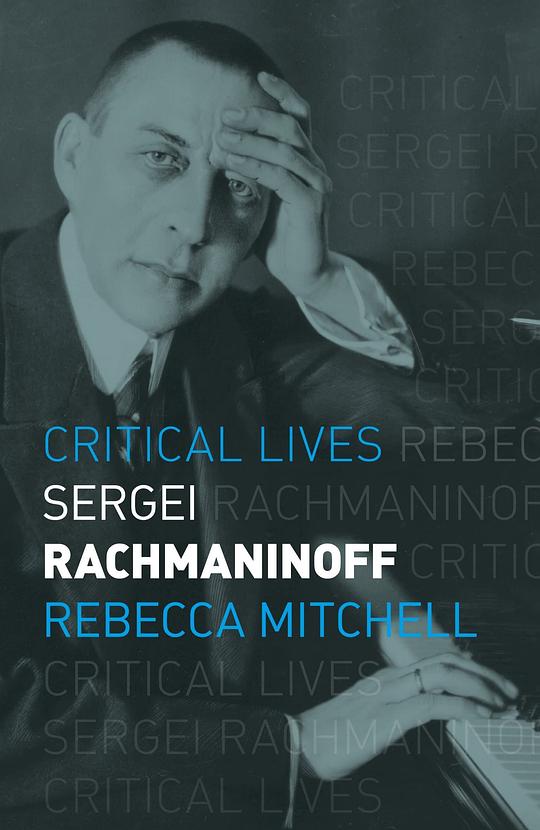
《Sergei Rachmaninoff》现代风格的拉赫马尼诺夫
1
0

古灵精怪 2023-05-19 07:01:40
One concise and straightforward biography with a balanced approach, focusing more on providing information than character development.
Apart from detailing Rachmaninoffs life experiences and analyzing his major works, the author attempts to deconstruct the oversimplified image of Rachmaninoff as a conservative Romantic composer and nostalgic Russian immigrant, proposing instead that he was a typical modernist.
On one hand, Rachmaninoff was deeply influenced by Tchaikovsky, Rubinstein, and the Moscow Conservatorys emphasis on Western musical traditions (in contrast to the nationalist style of the St. Petersburg Five) and his early interest in Liszt and Wagner shaped his composition and performance. However, during his later years in Germany (1906-08), he took a clear stance against modernist musical experiments, which differentiated him from the paths taken by Scriabin and Stravinsky.
On the other hand, Rachmaninoffs music from the Silver age reflected the influence of symbolism in poetry and painting, constantly exploring the boundaries of tonal music while embracing it. Outside of music, he was passionate about emerging recording technologies, automatic pianos, cars, and functional architecture.
Despite all of these, Rachmaninoffs most famous works still combine lyricism and "Russianness," with his melancholic qualities resonating particularly well with modern audiences. After 1917, his works continued to echo among Russian immigrants worldwide through recordings and radio broadcasts, providing cultural belonging and memory coordinates for the community. In the Soviet Union, he remained equally popular. To this day, numerous people still seek solace in his music.
How can modernism explain these qualities? The author believes that Rachmaninoffs modernism precisely lies in his life and music being caught up in the vortex of an era where "all solid things are melting into air," constantly facing disintegration and renewal, contradictions and anxieties. Through his art based on tradition yet seeking innovation, he aimed to grasp the human conditions of beauty, truth, reality, and eternity. This may be the only way to peacefully coexist with modernism, the true essence of human survival under modernity.
23.5.18
相关推荐
萤火谷的梦想家
艾莉森•麦吉出生于1960年,是美国《纽约时报》畅销书作家,同时也是大都会州立大学创意写作课的教授。她的作品被翻译成20多种语言并出版,也曾被提名普利策奖,并获得苏斯博士奖金奖、克里斯托弗图书奖、美国 [美]艾莉森•麦吉/[美]克里斯托弗•丹尼斯/绘 2023-03-27 16:50:25鬼马女神捕1·绝密卧底(上)
腹黑凤凰vs毒舌鸡妖——蓝翎:“小姬,跟我去人界吧!”姬十四:“干吗?让人宰了我做小鸡炖蘑菇吗?”蓝翎:“不啊,让妖怪宰了你做小鸡炖蘑菇更气派。”凤凰蓝翎和鸡妖姬十四生活在无忧无虑的灵界。他们的故乡叫 郝天晓 2023-04-17 00:22:47© 2023-2025 百科书库. All Rights Reserved.


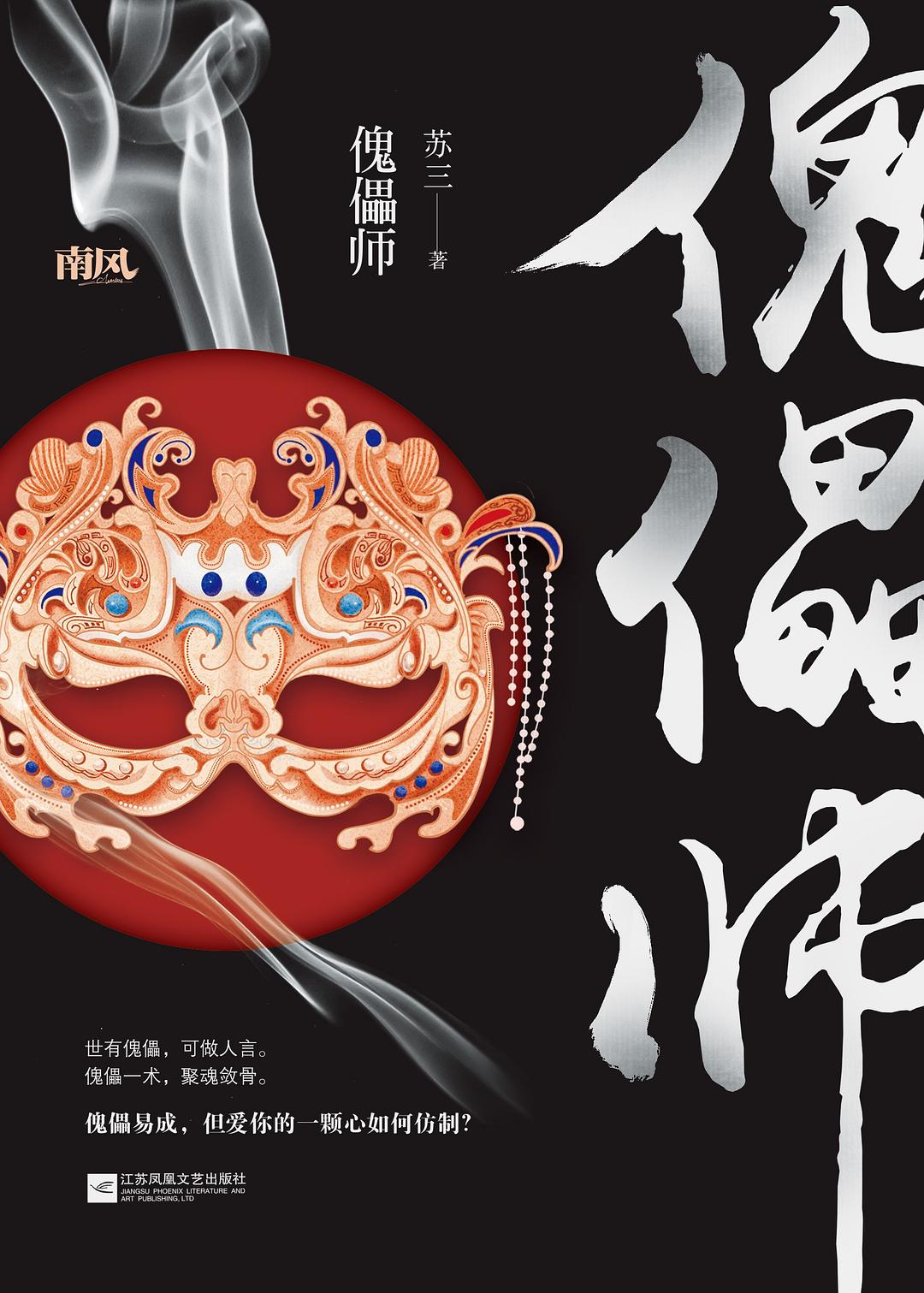
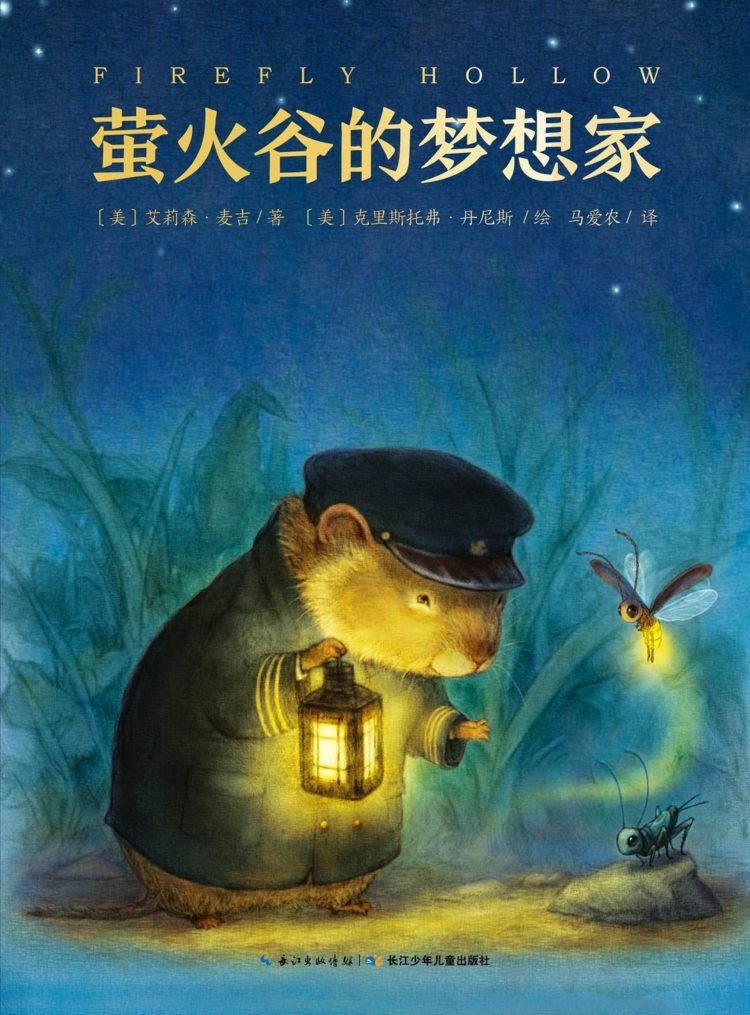
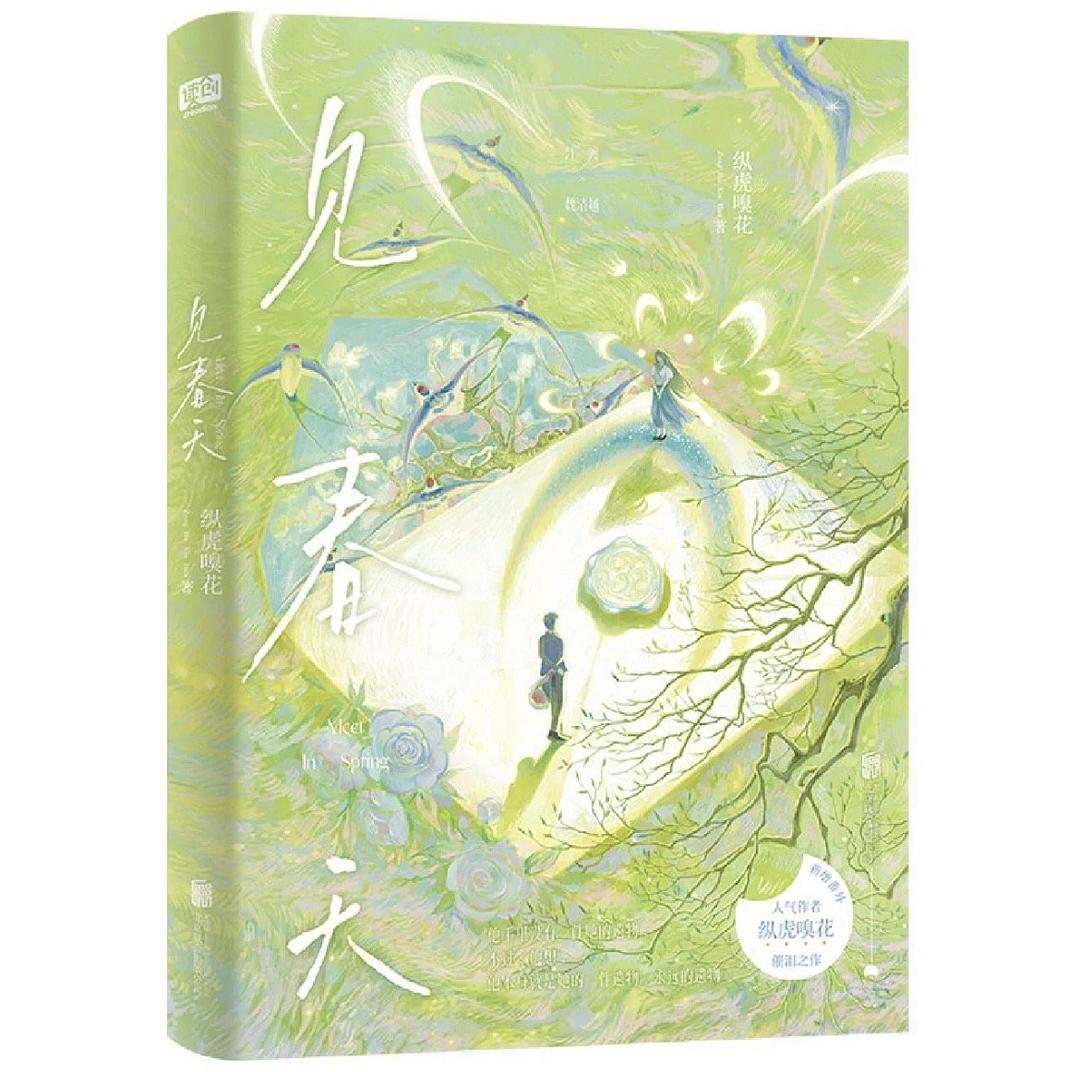





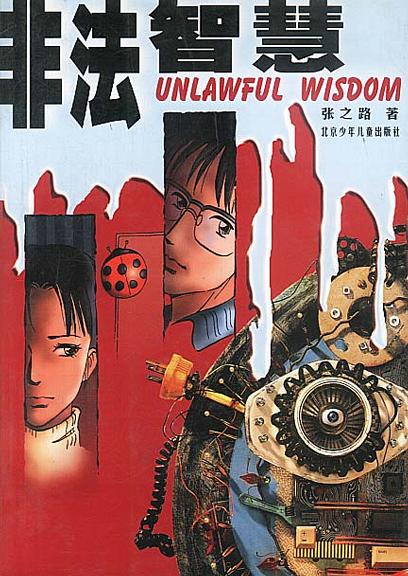

发表评价